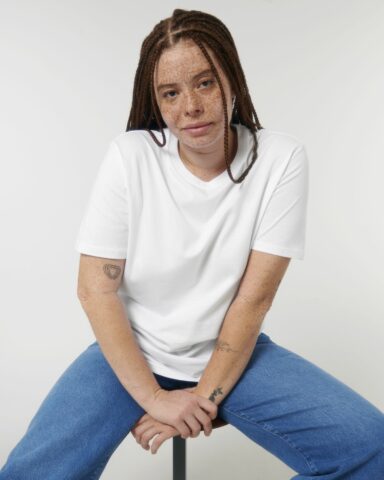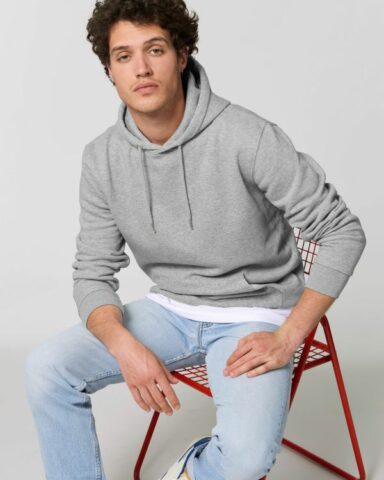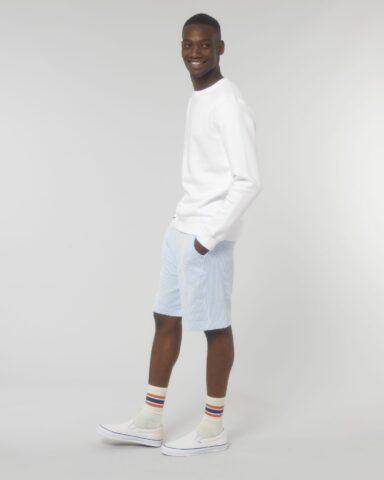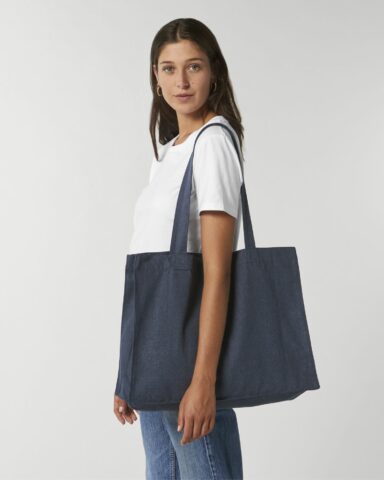Technical information

Discover our wide selection of innovative printing and embroidery techniques, all specially designed to meet your unique needs.
Each technique has its own specific features, advantages and disadvantages, enabling you to find the one that best suits your project.
Don’t hesitate to contact us for personalized advice.






